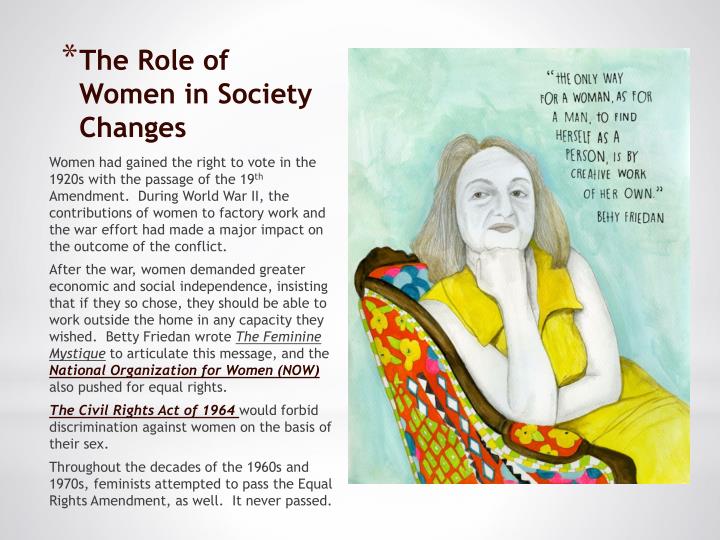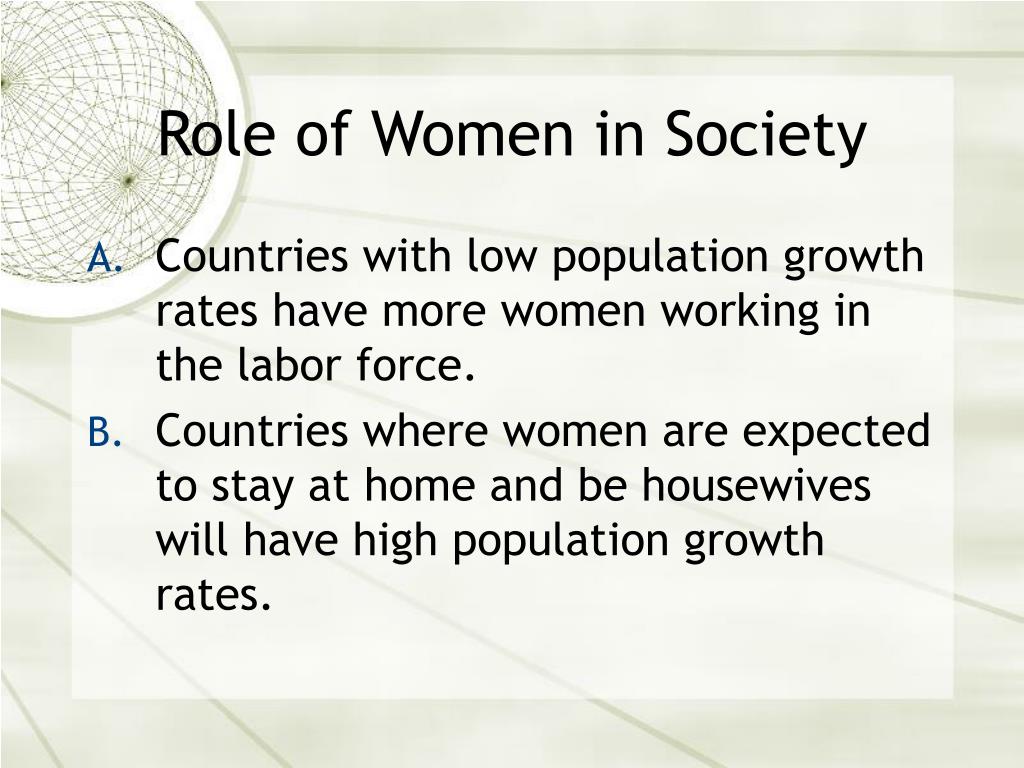

1 While the exact origins of the term are still debated, by 1894, an exchange between British writers Sarah Grand and Ouida in the North American Review brought the phrase to the attention of readers and into popular vernacular.

Primarily defined by the popular press, the New Woman represented a contemporary, modern understanding of femininity, one that emphasized youth, visibility, and mobility as well as a demand for greater freedom and independence.

At times controversial, the New Woman image provided women with opportunities to negotiate new social roles and to promote ideas of equality and freedom that would later become mainstream.

Emphasizing youth, mobility, freedom, and modernity, the image of the New Woman varied by age, class, race, ethnicity, and geographical region, offering a spectrum of behaviors and appearances with which different women could identify. The New Woman became associated with the rise of feminism and the campaign for women’s suffrage, as well as with the rise of consumerism, mass culture, and freer expressions of sexuality that defined the first decades of the 20th century. Referring both to real, flesh-and-blood women, and also to an abstract idea or a visual archetype, the New Woman represented a generation of women who came of age between 18 and challenged gender norms and structures by asserting a new public presence through work, education, entertainment, and politics, while also denoting a distinctly modern appearance that contrasted with Victorian ideals. Identified by contemporaries as a Gibson Girl, a suffragist, a Progressive reformer, a bohemian feminist, a college girl, a bicyclist, a flapper, a working-class militant, or a Hollywood vamp, all of these images came to epitomize the New Woman, an umbrella term for modern understandings of femininity. In late 19th- and early 20th-century America, a new image of womanhood emerged that began to shape public views and understandings of women’s role in society.


 0 kommentar(er)
0 kommentar(er)
